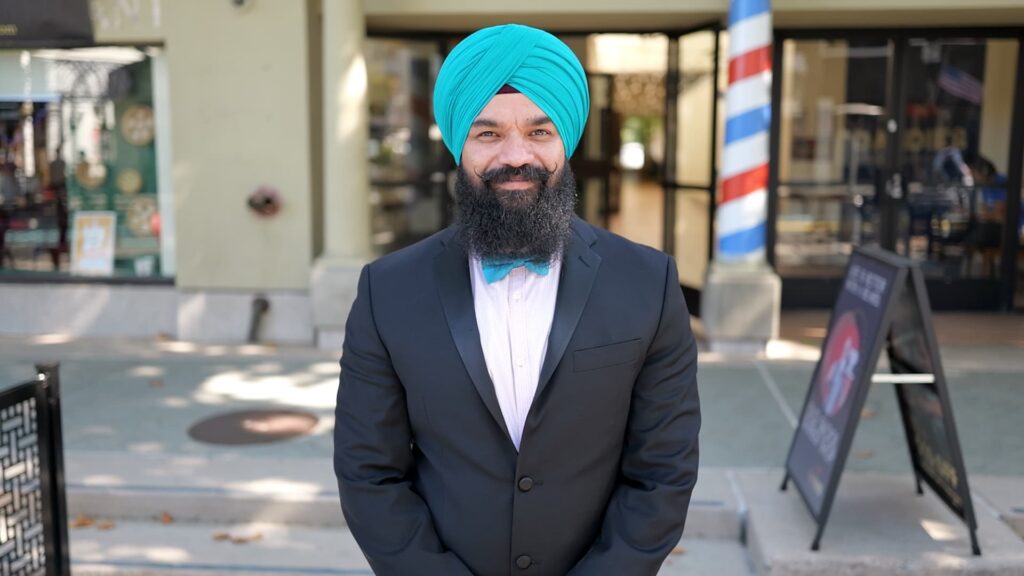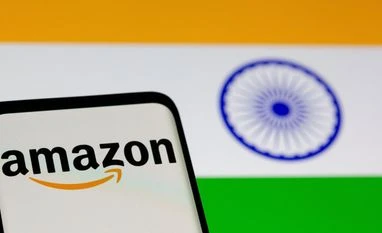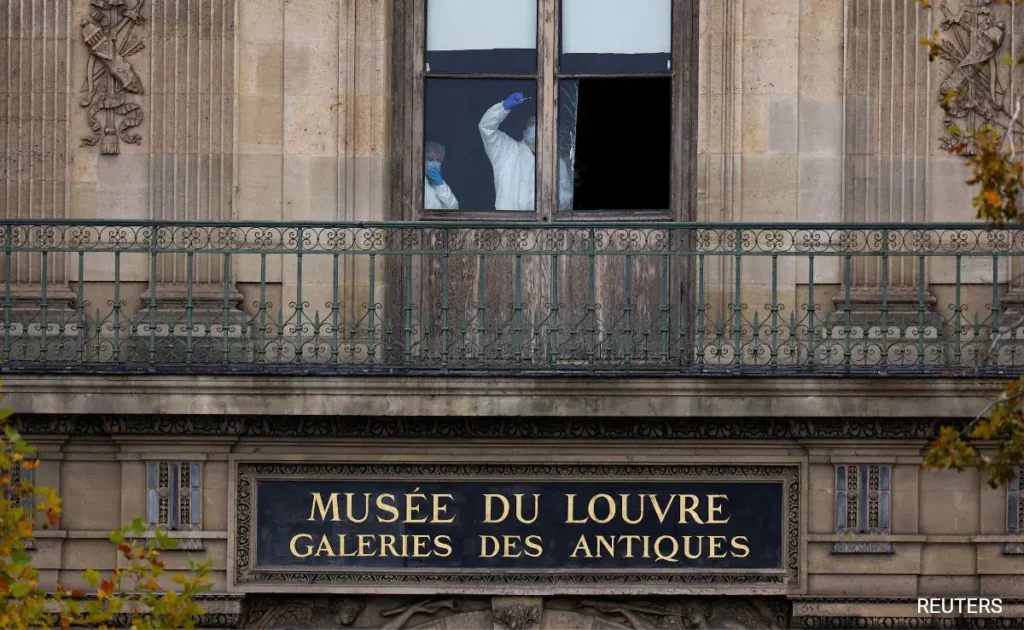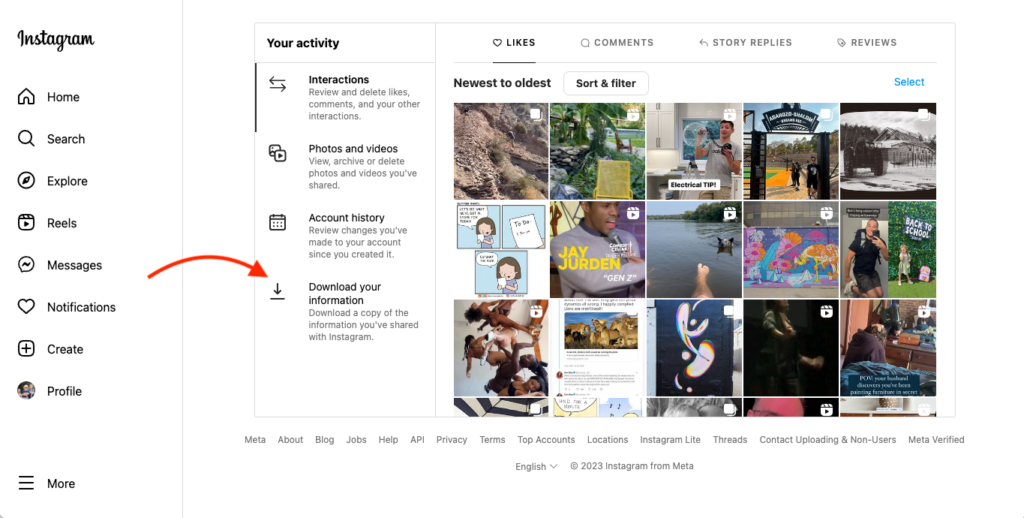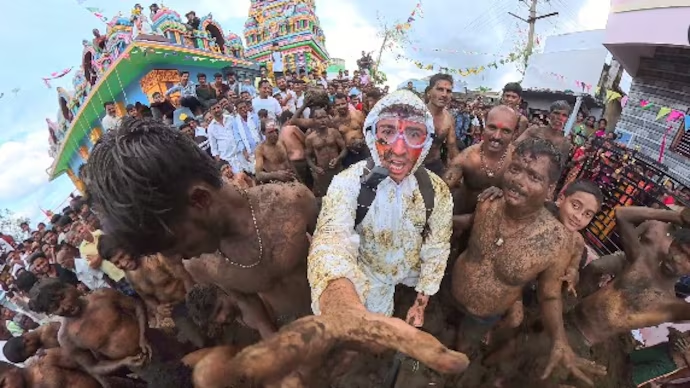Now Reading: Old Ad Featuring Virat Kohli and Genelia Goes Viral Again After Plane Crash, Sparks Mixed Reactions
-
01
Old Ad Featuring Virat Kohli and Genelia Goes Viral Again After Plane Crash, Sparks Mixed Reactions
Old Ad Featuring Virat Kohli and Genelia Goes Viral Again After Plane Crash, Sparks Mixed Reactions
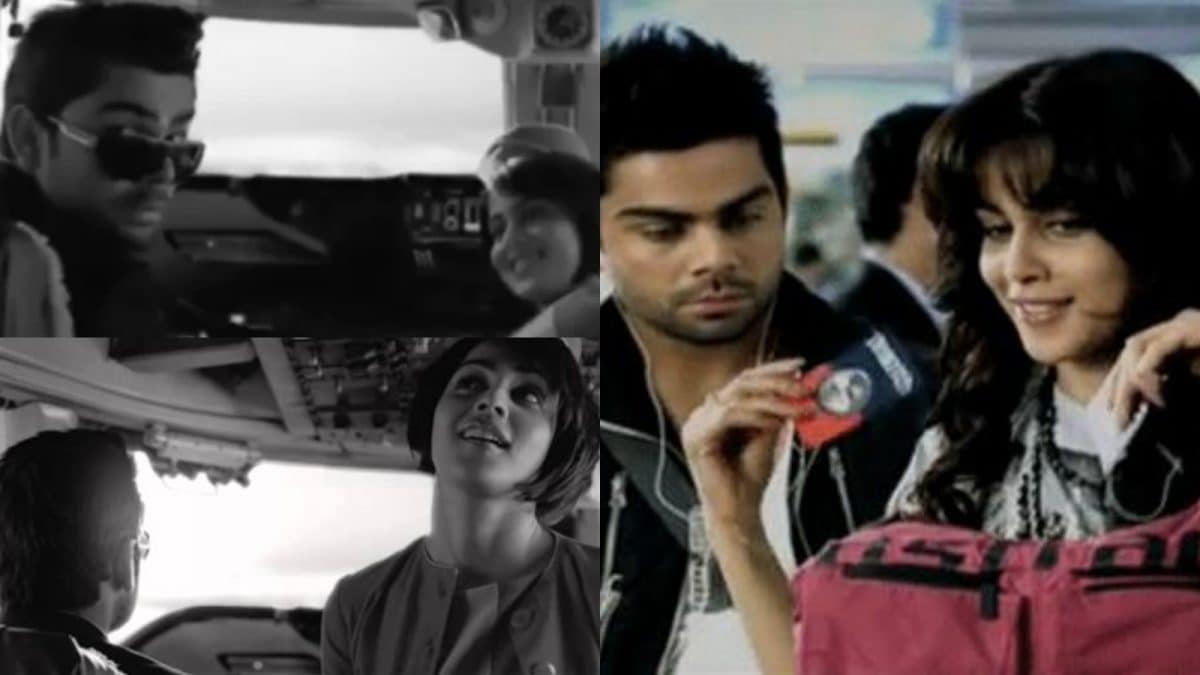
An old commercial featuring Virat Kohli and Genelia D’Souza has resurfaced online following the recent Air India plane crash, sparking a fresh wave of public reaction. The ad, once banned for its controversial content set inside an aircraft, is now being widely circulated across social media platforms. The renewed attention has led to a debate around timing, sensitivity, and how viral trends can unintentionally stir public emotion — especially in India’s Tier 2 cities where digital reach is expanding fast.
The Ad and Its Controversy
The commercial in question was originally pulled from circulation years ago due to its suggestive theme involving an intimate moment between a couple on an airplane. The ad, while intended to be humorous and bold, was deemed inappropriate for public broadcast at the time because of its location and implications.
While many had forgotten about it, the recent viral spread has brought it back into public discourse — this time under more somber circumstances.
Why It’s Back in the News
Soon after the Air India plane incident made headlines, social media users began sharing the video, some tagging it as ‘bad timing’ and others questioning why such content existed in the first place. Memes, reels, and Twitter threads quickly followed, making the ad one of the most searched clips in the days following the accident.
Critics argue that reviving such content during a tragedy is insensitive and disrespectful to the lives affected.
Public Reaction Split Online
The internet’s response has been sharply divided. While some viewers criticised the ad for being distasteful both then and now, others defended it as creative freedom and blamed the public, not the creators, for the poorly timed resurfacing.
In Tier 2 cities, where traditional values and digital platforms often collide, the ad has sparked larger conversations around content censorship, platform responsibility, and public sensitivity in times of crisis.
Impact on Celebrities and Brands
Neither Virat Kohli nor Genelia D’Souza have commented on the viral wave surrounding the ad. Brand experts, however, point out that such resurgences — though unintentional — can impact public image, especially when associated with real-life tragedies.
Brands are being advised to monitor how their past campaigns circulate online, as today’s social media culture often revives content without context.
Conclusion
The return of an old, once-banned commercial in the wake of a tragic airline incident raises important questions about content circulation, public sensitivity, and digital responsibility. For audiences and content creators in India — particularly in emerging Tier 2 markets — this episode is a reminder that the internet never forgets, and timing matters as much as messaging. As media continues to blend with emotion, a little thought before sharing can go a long way.




